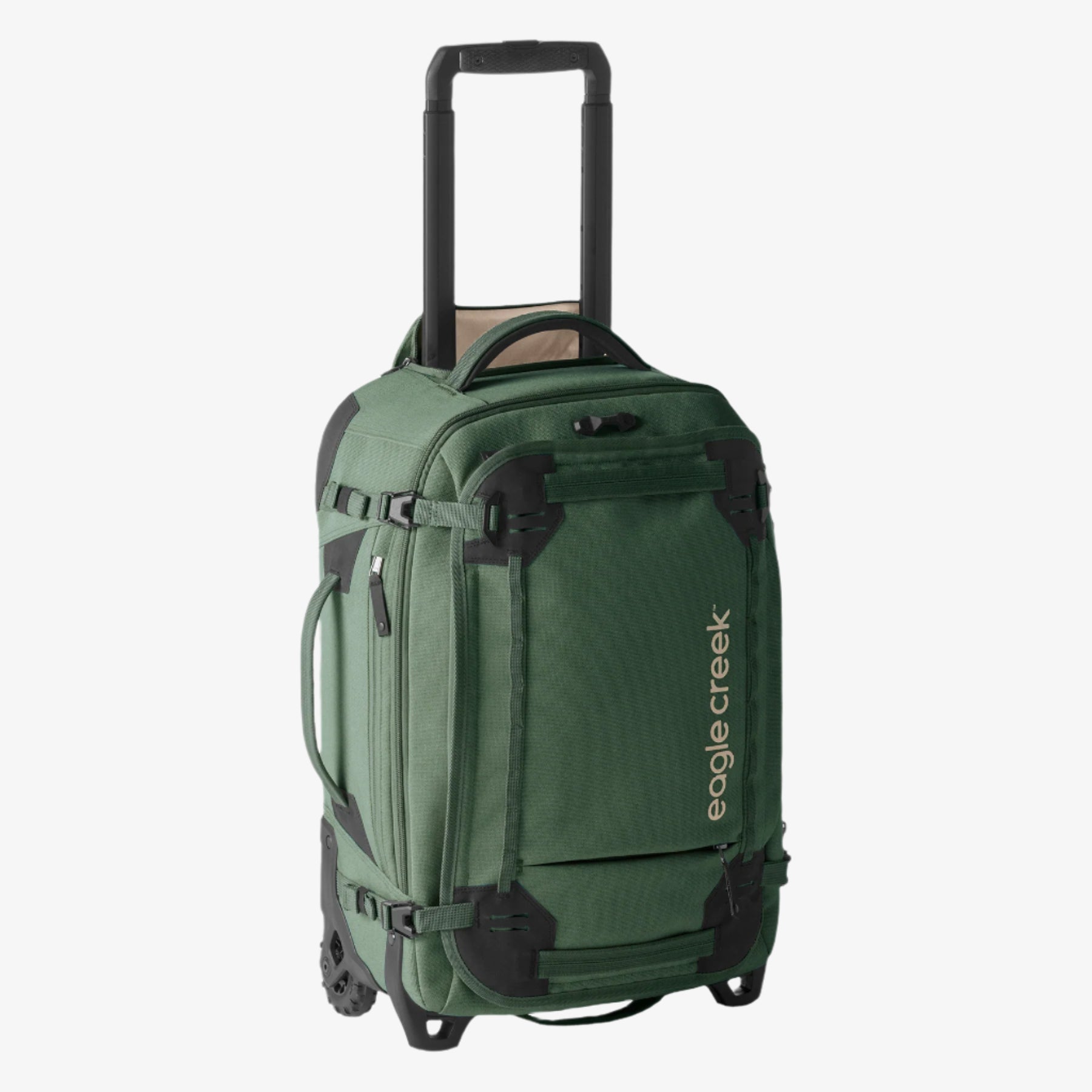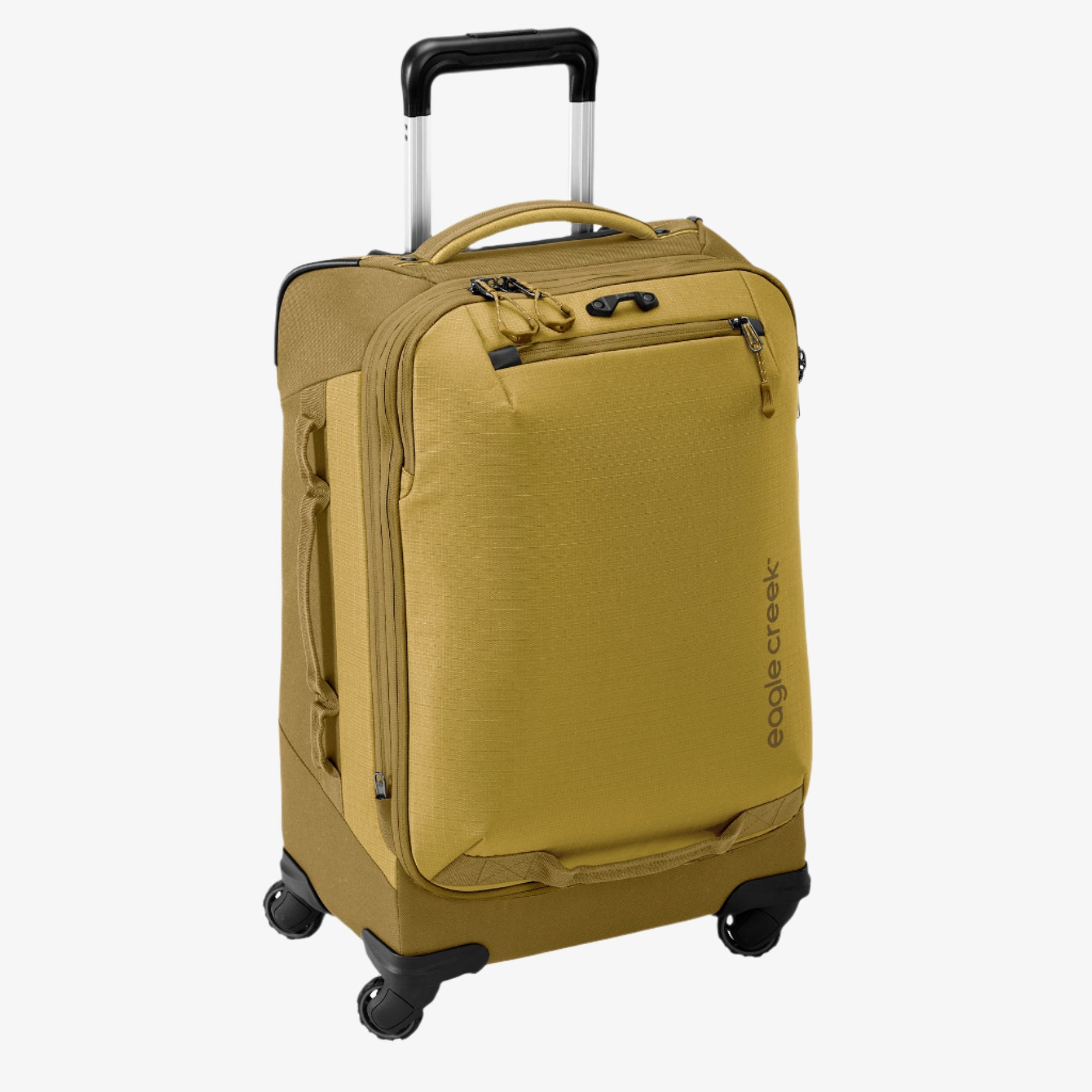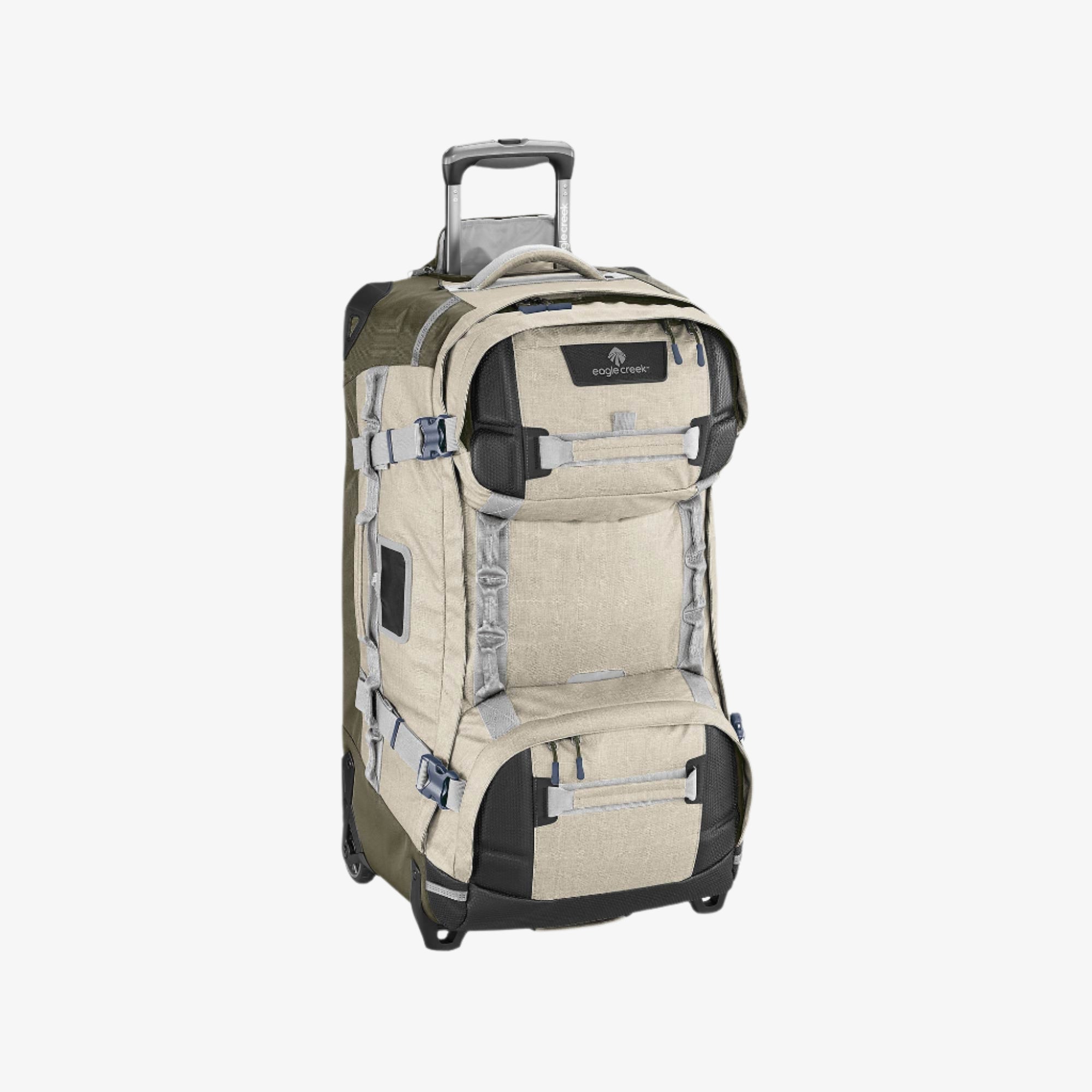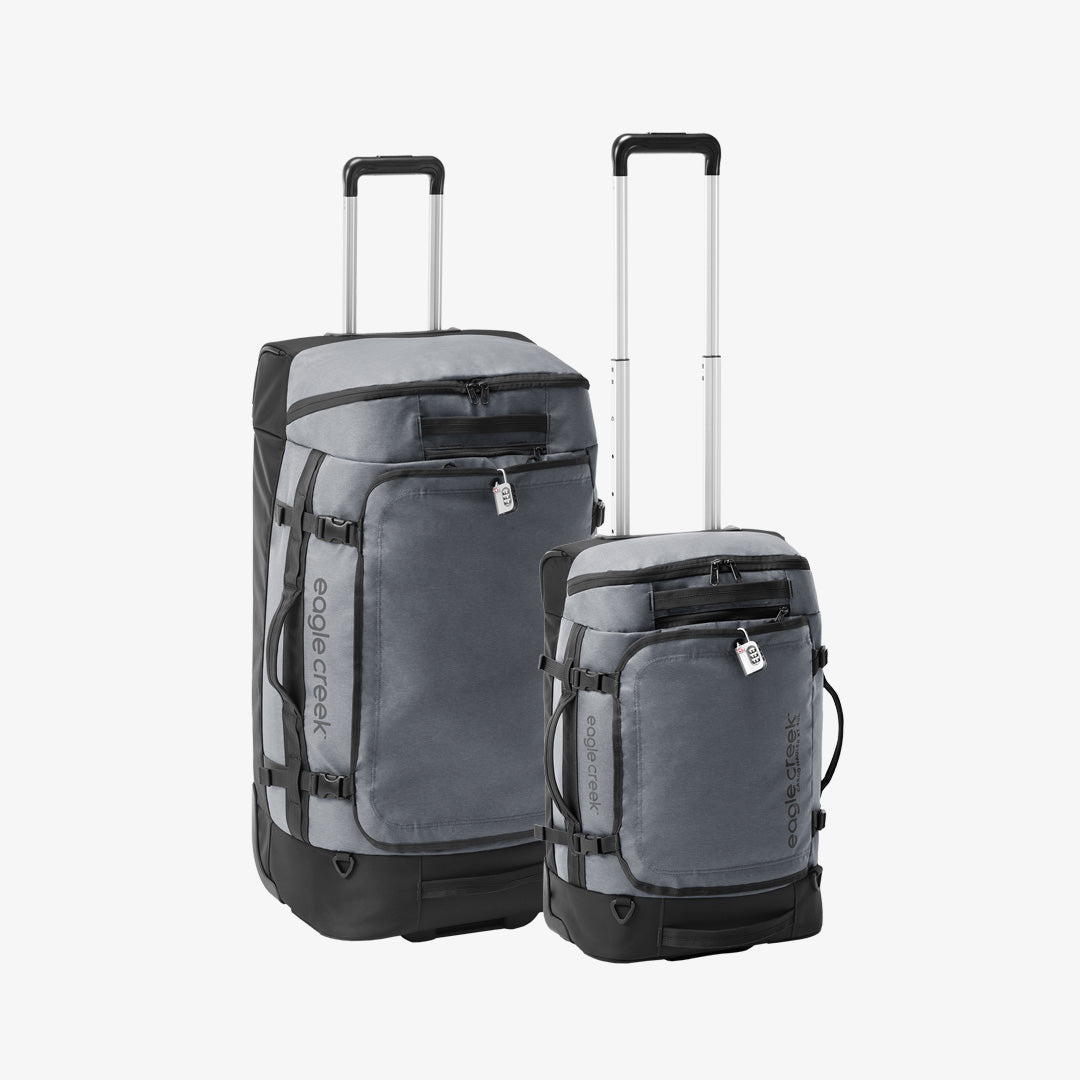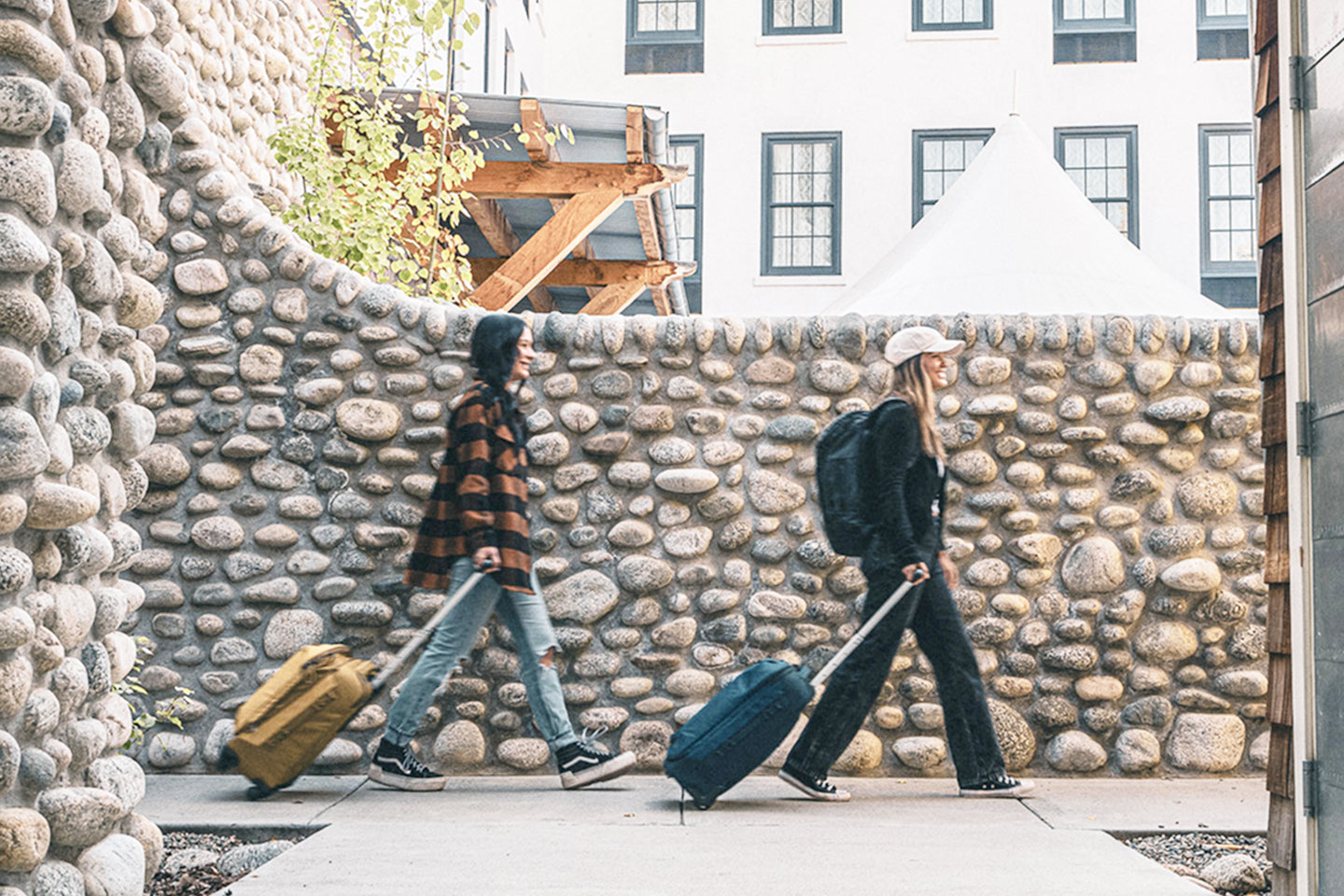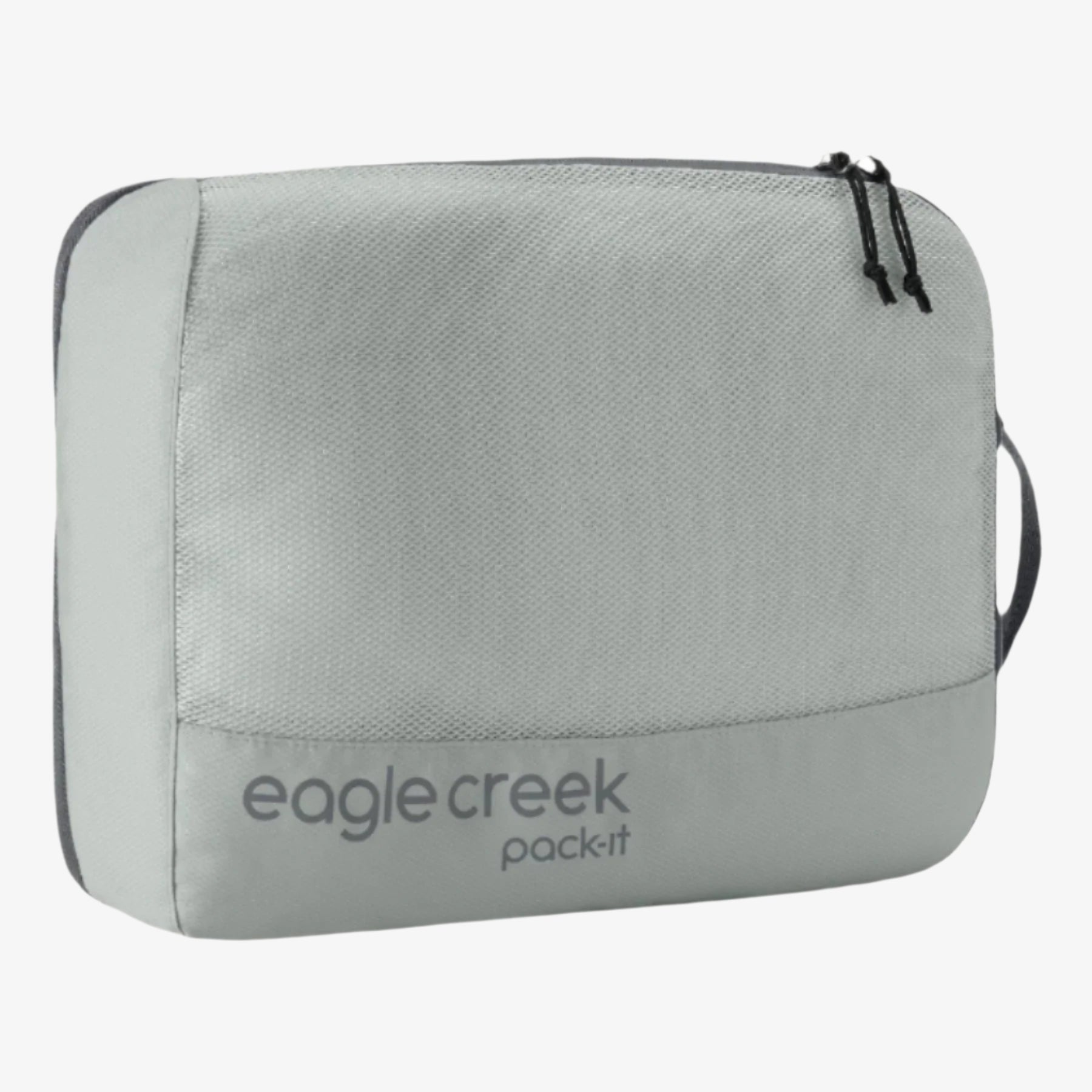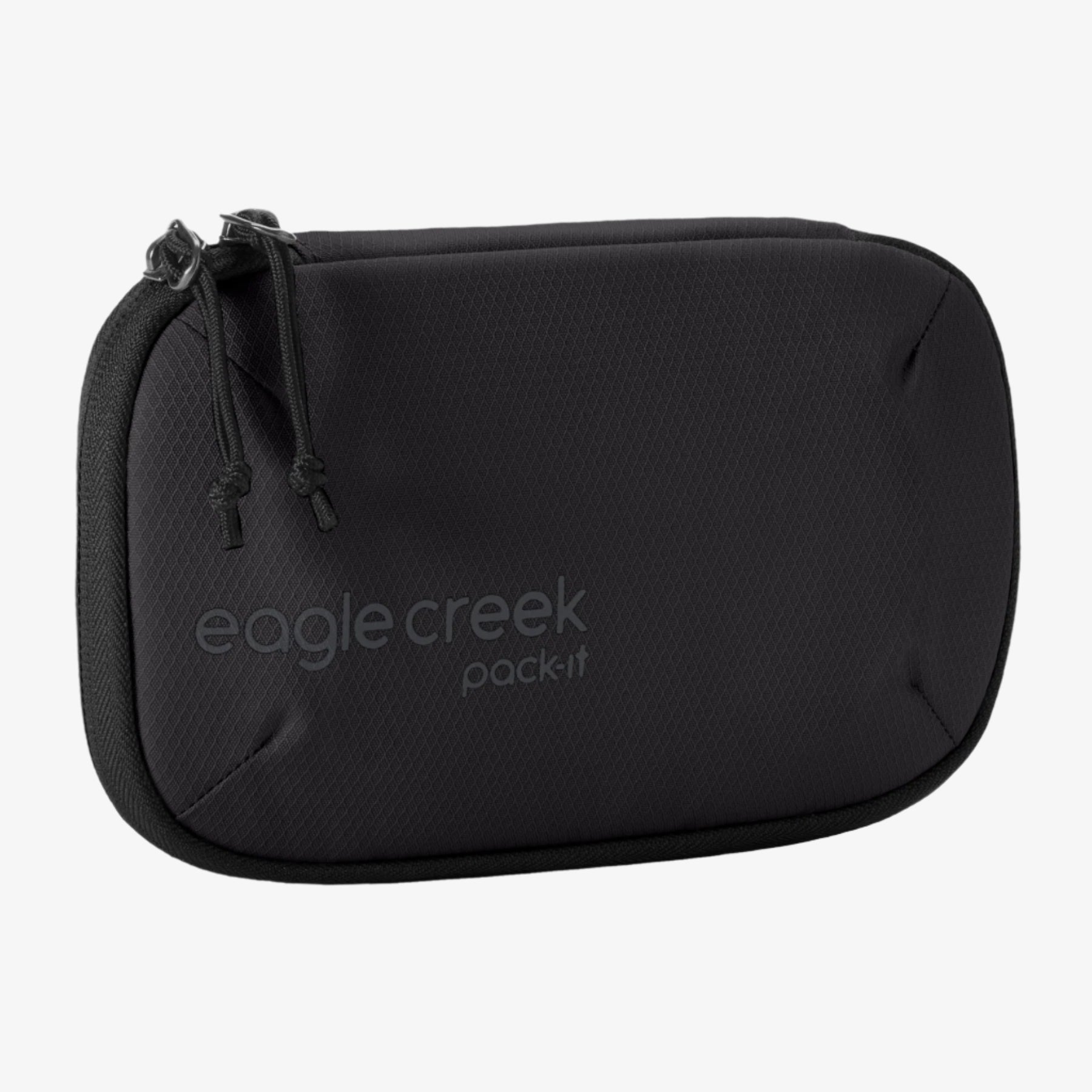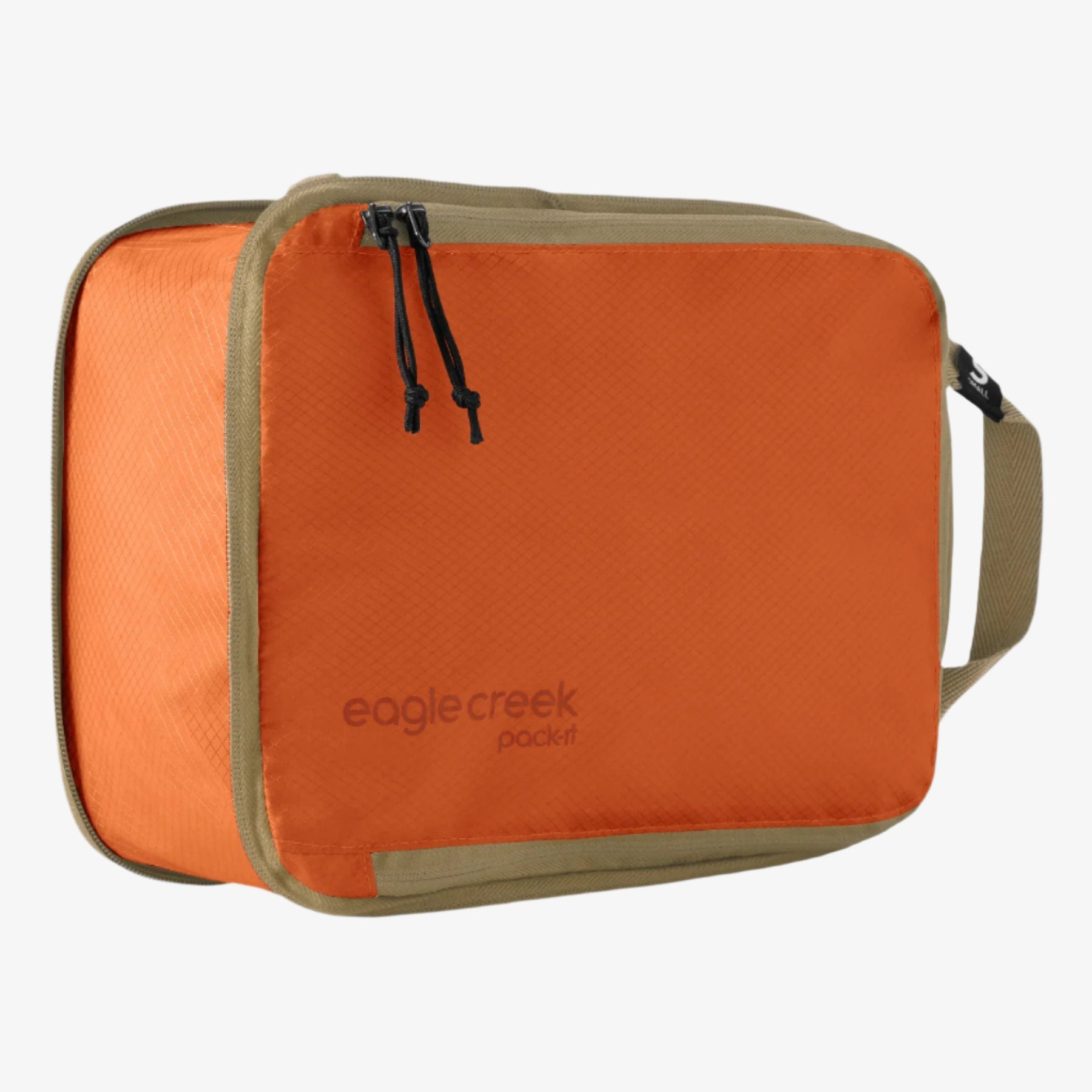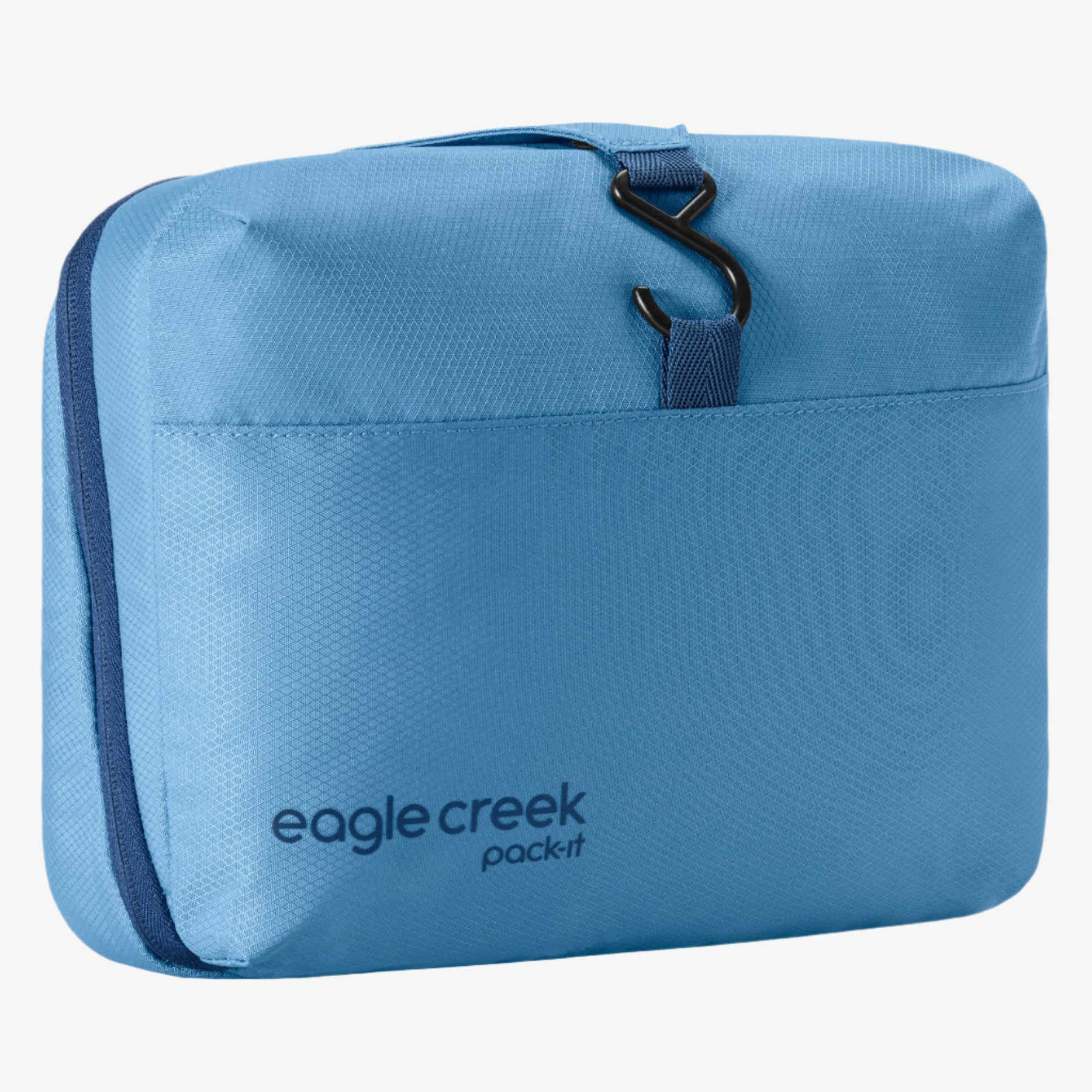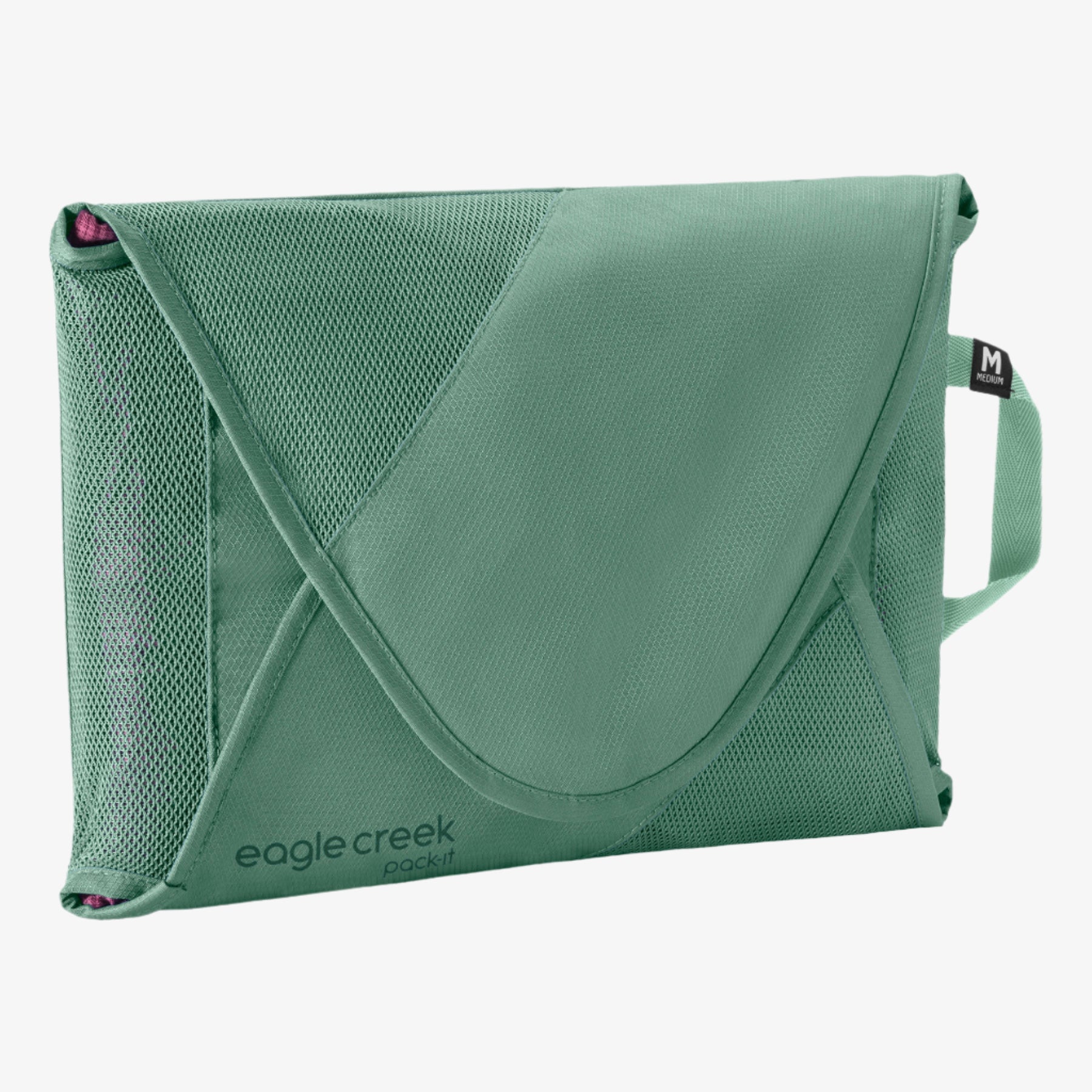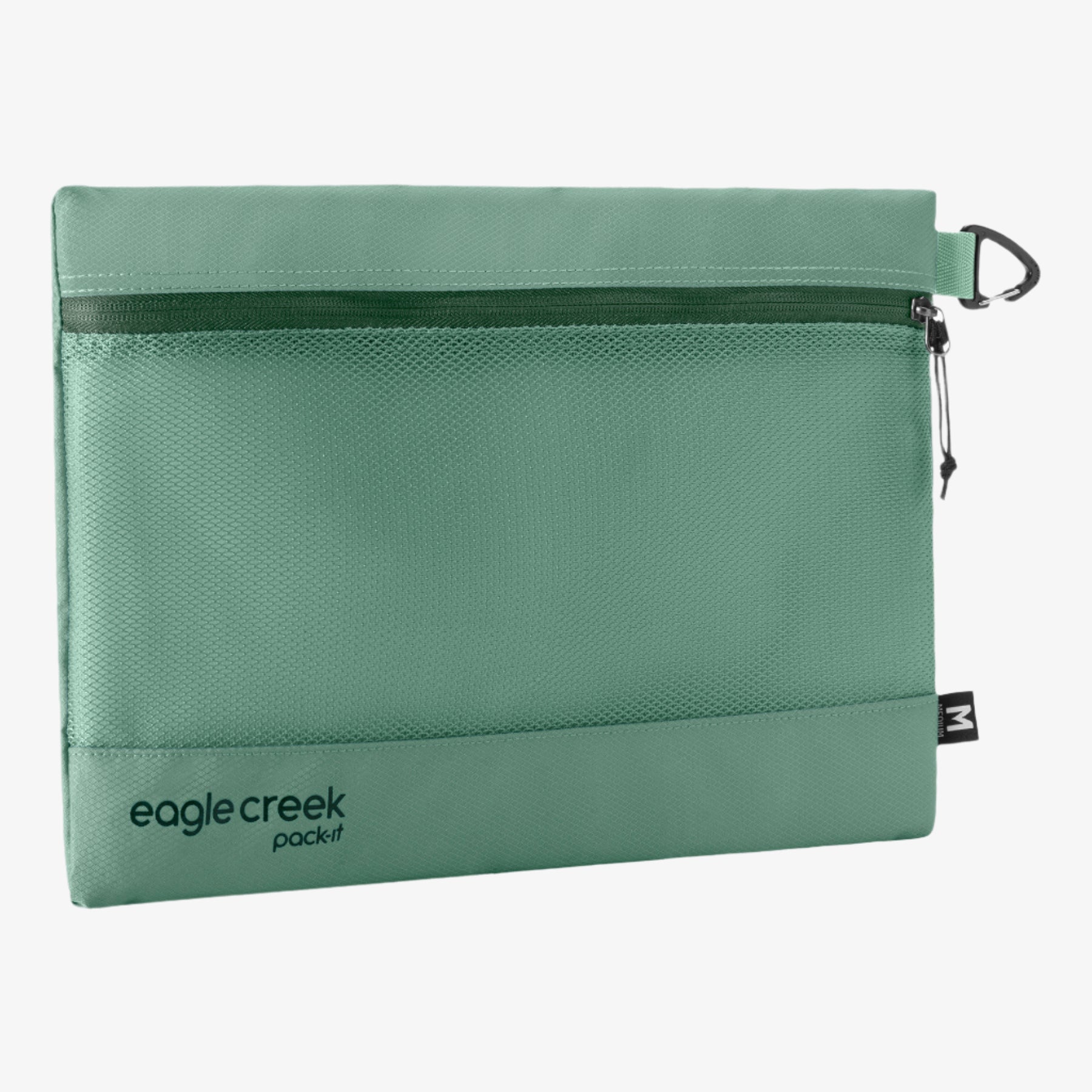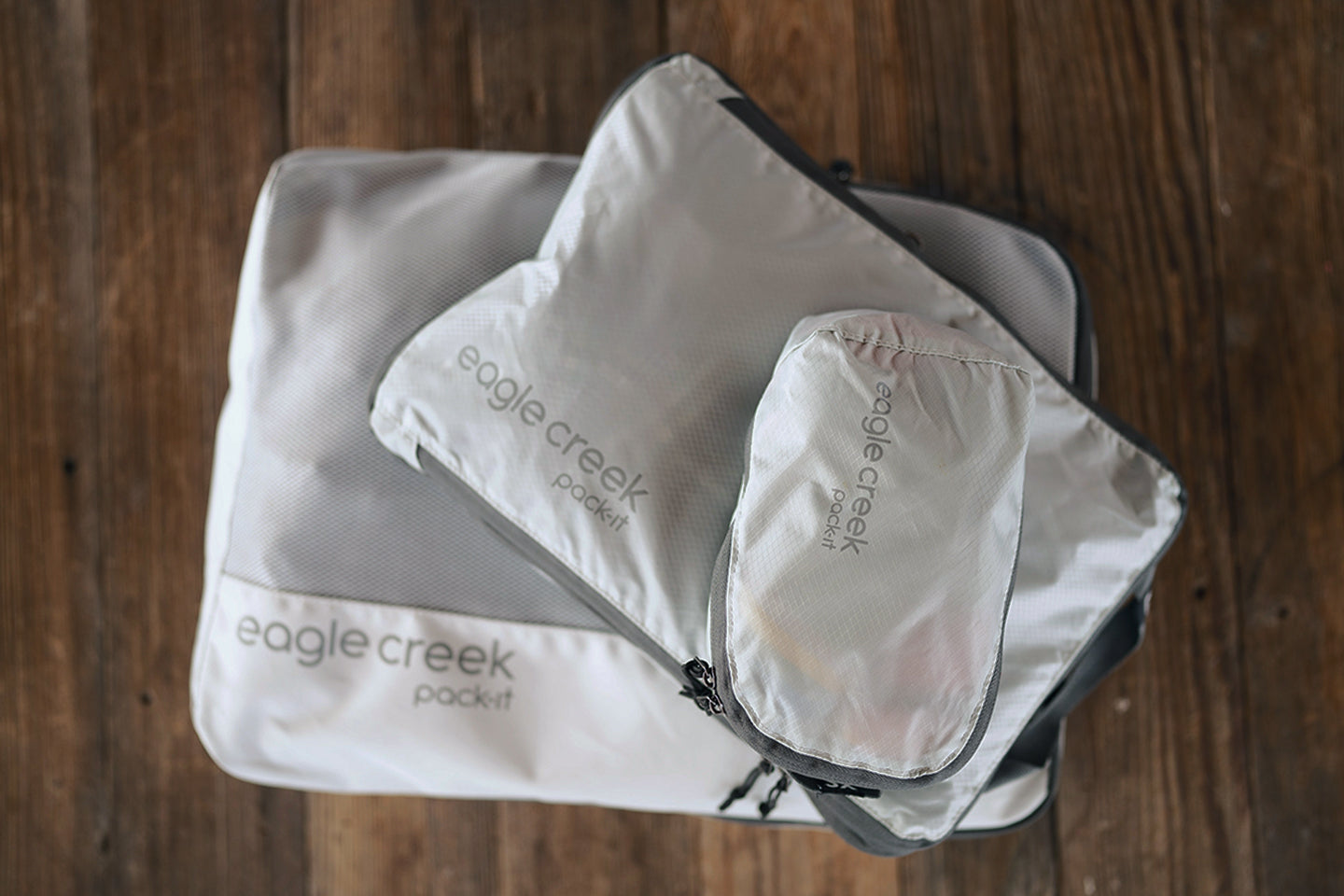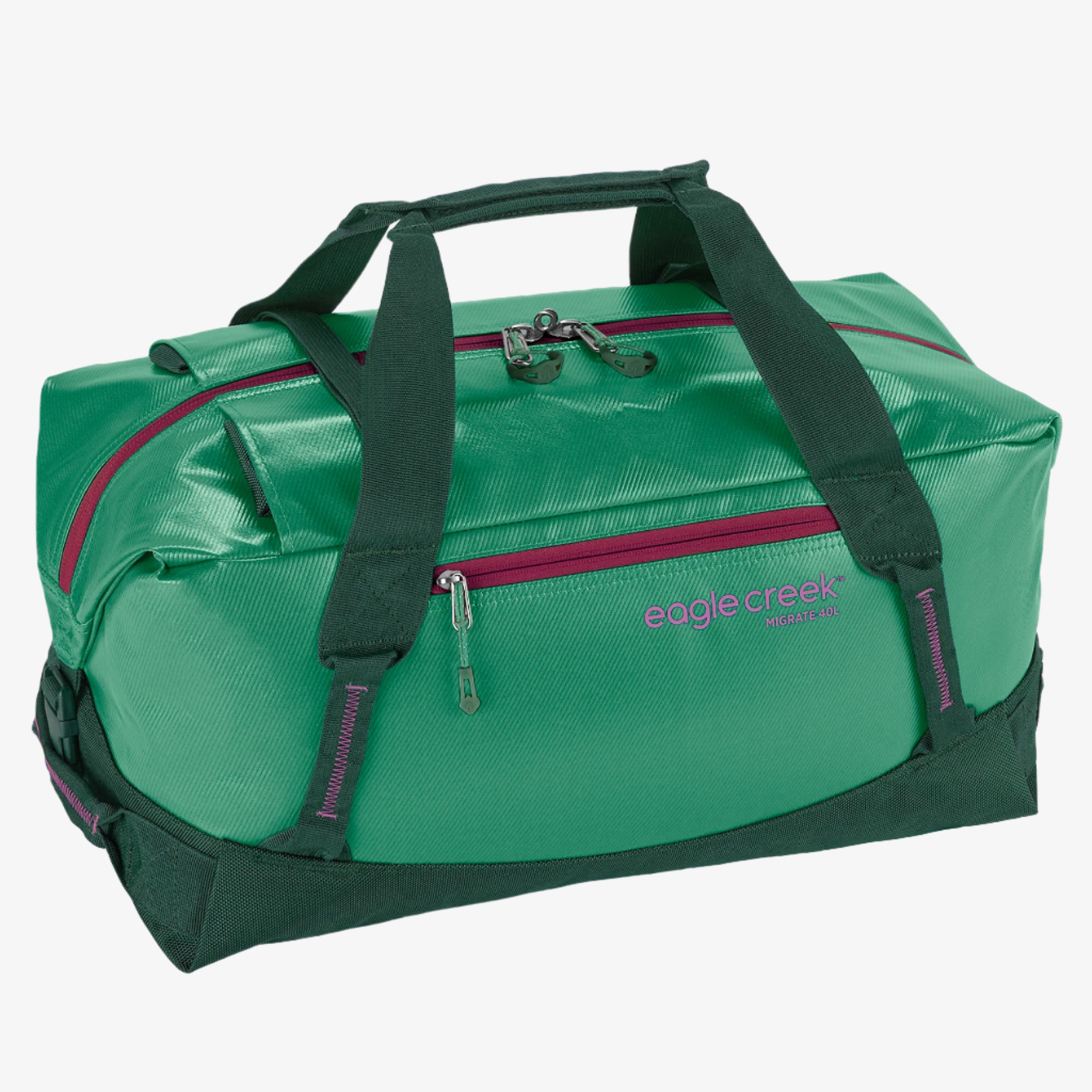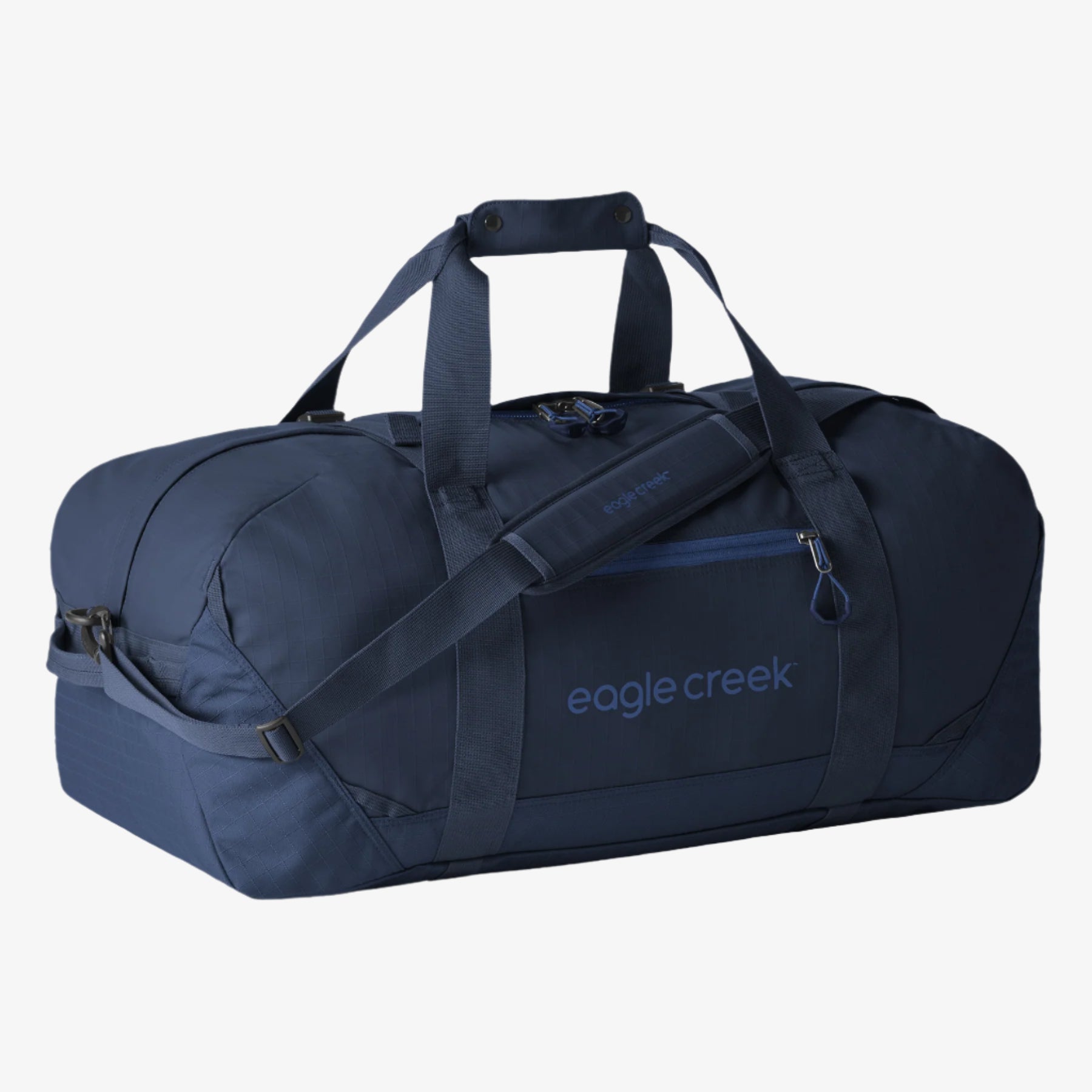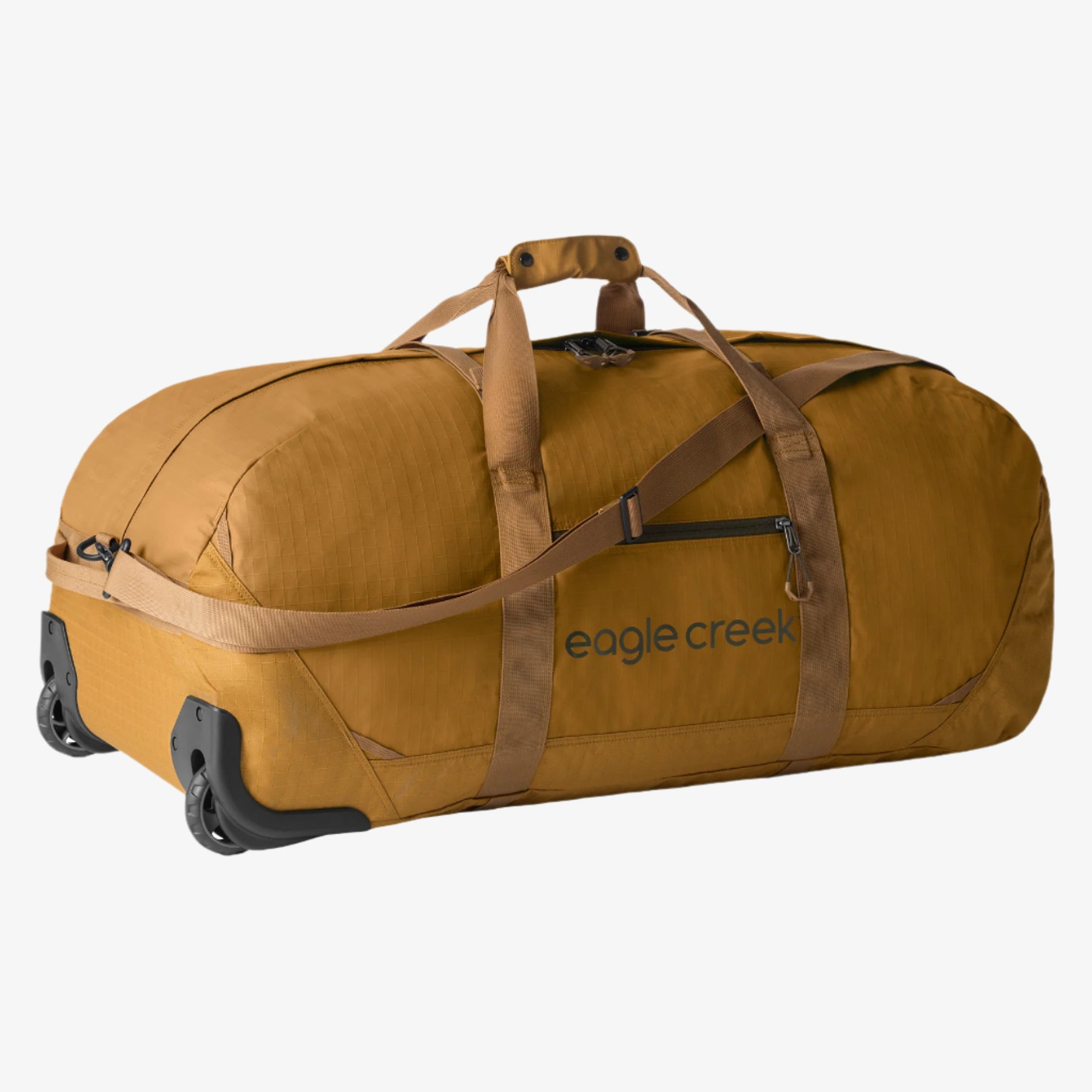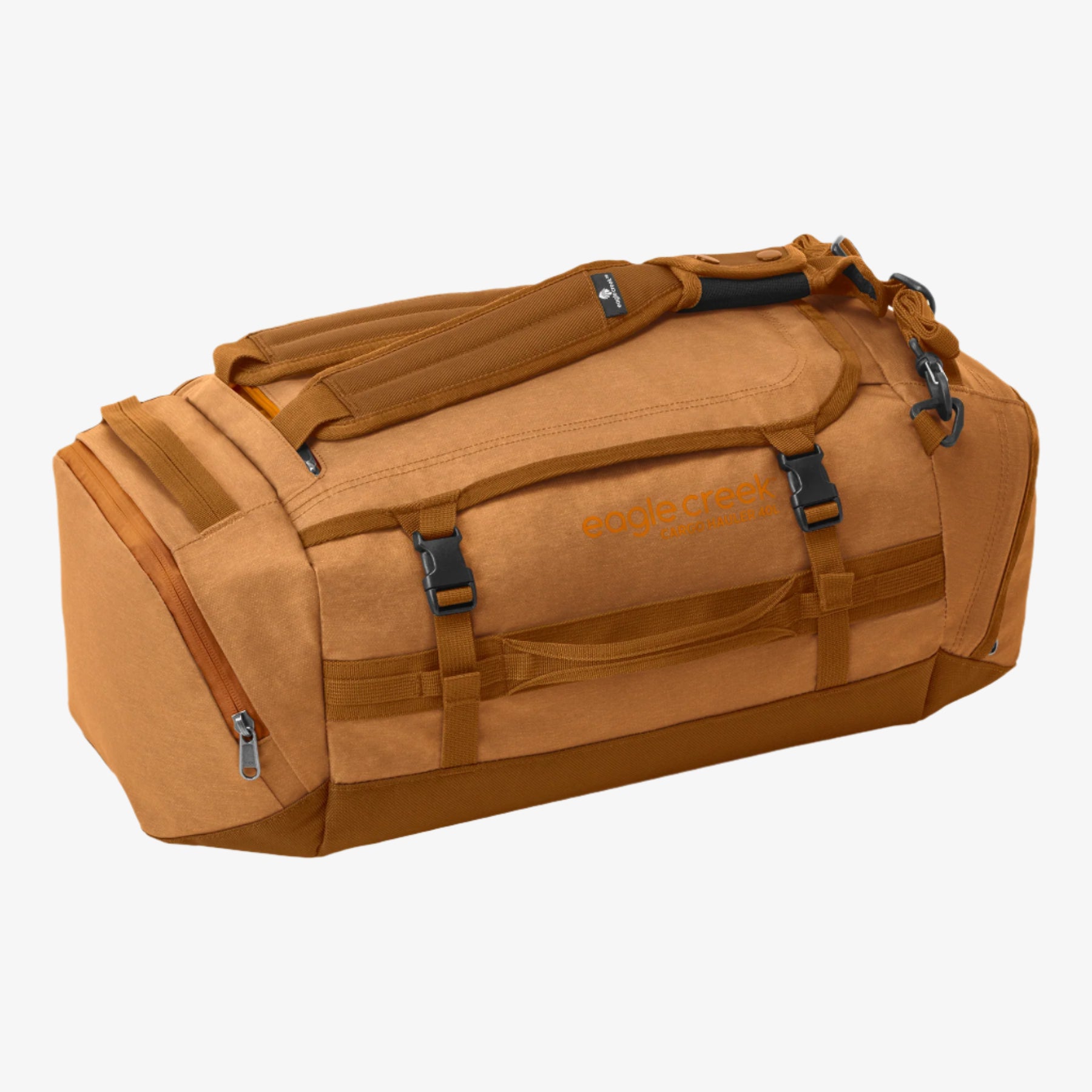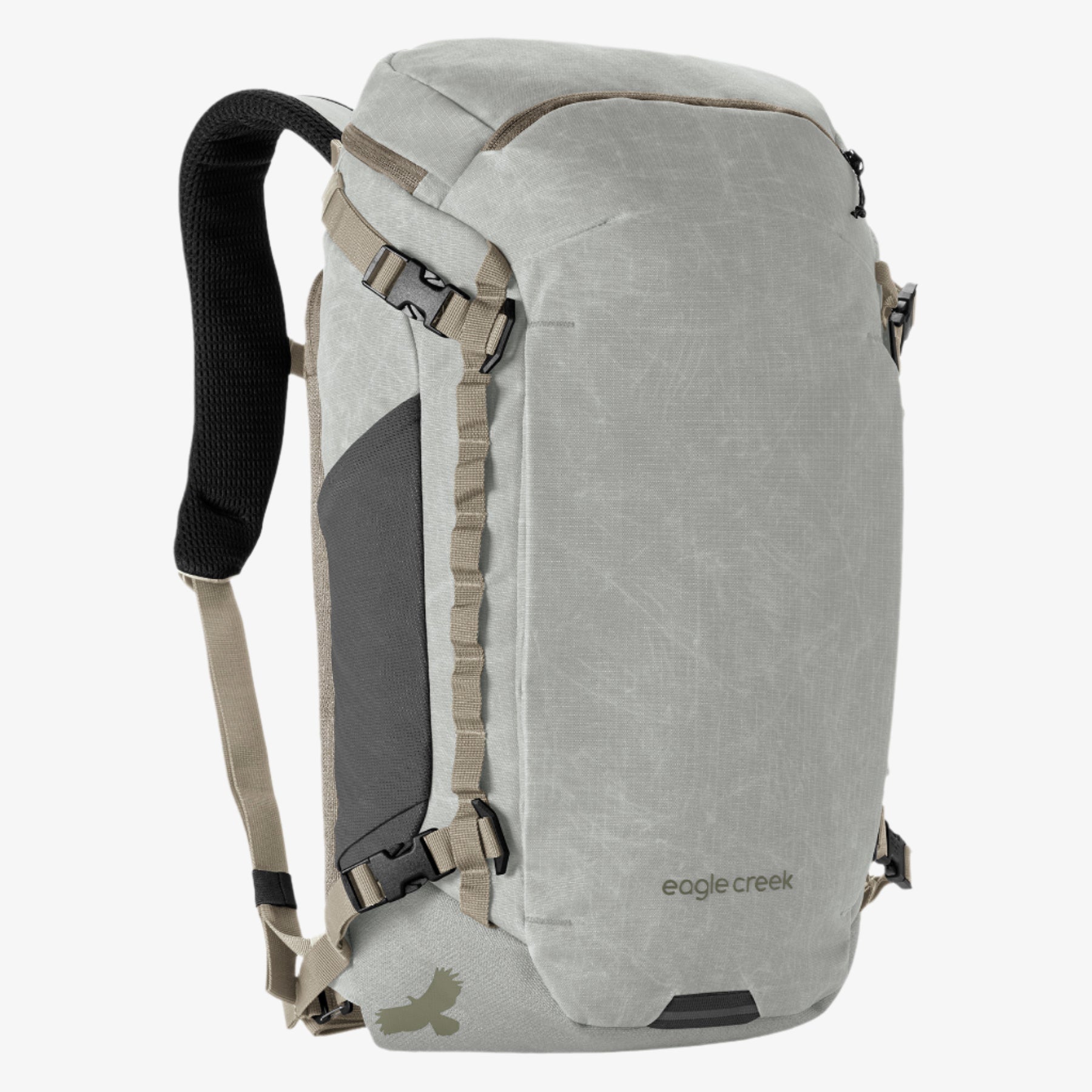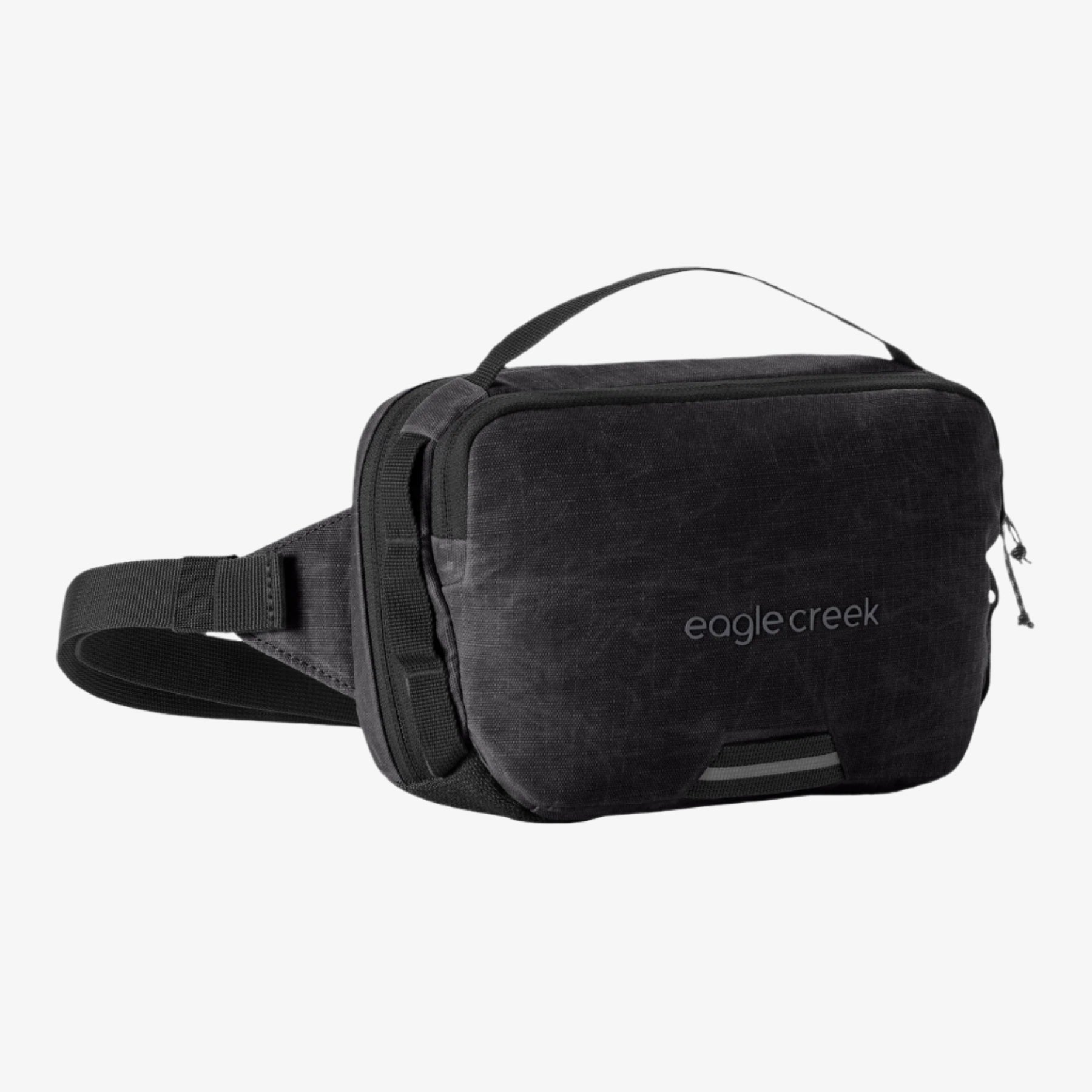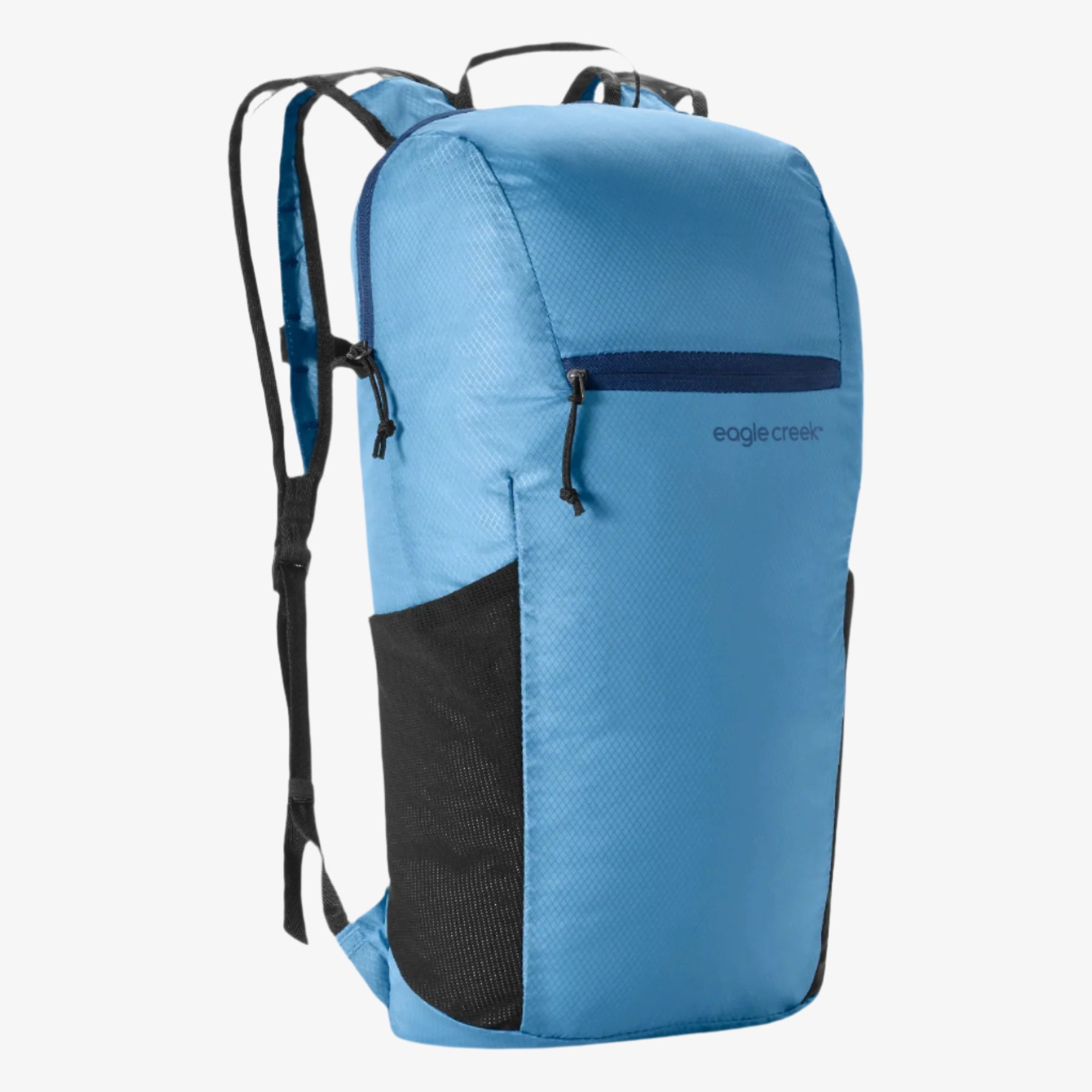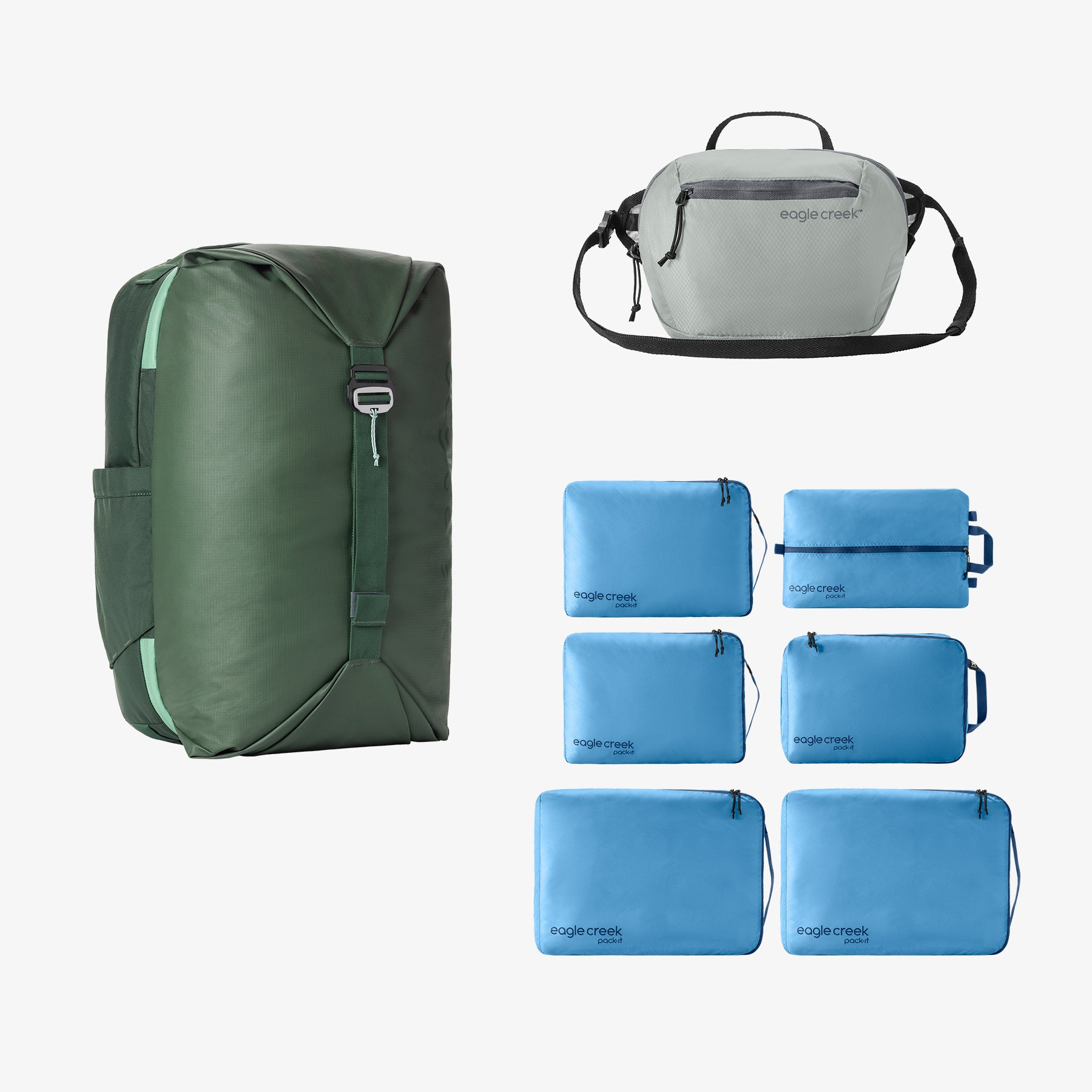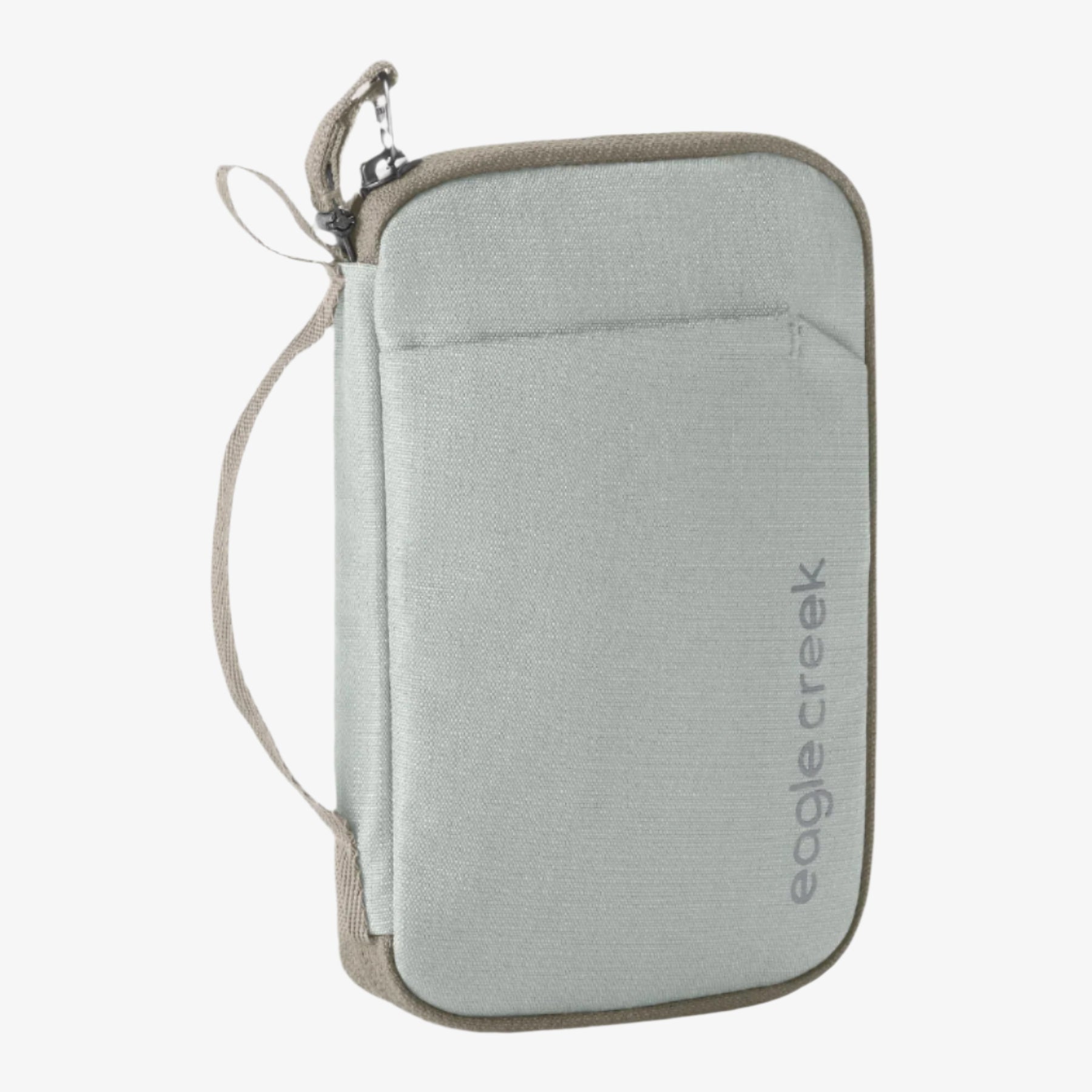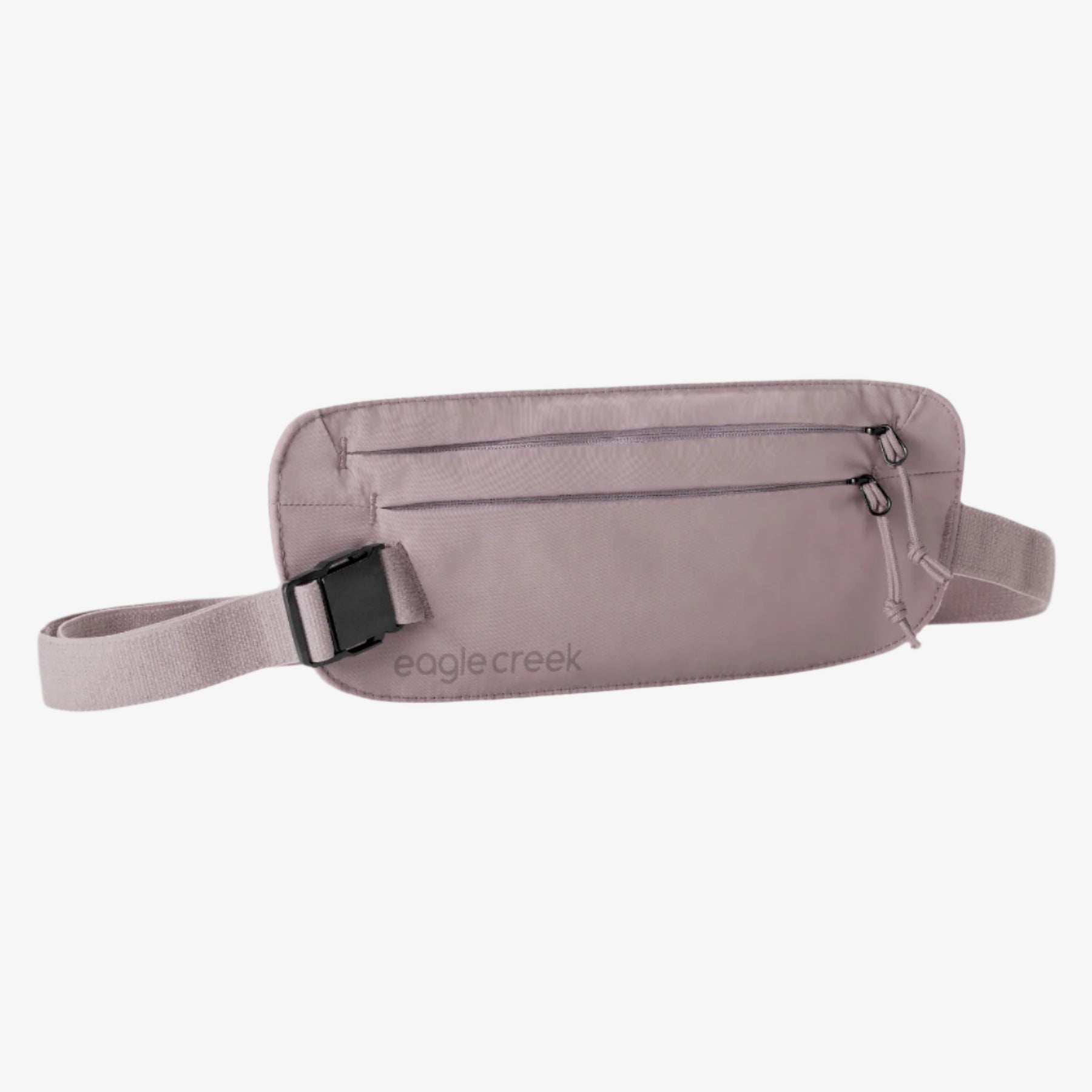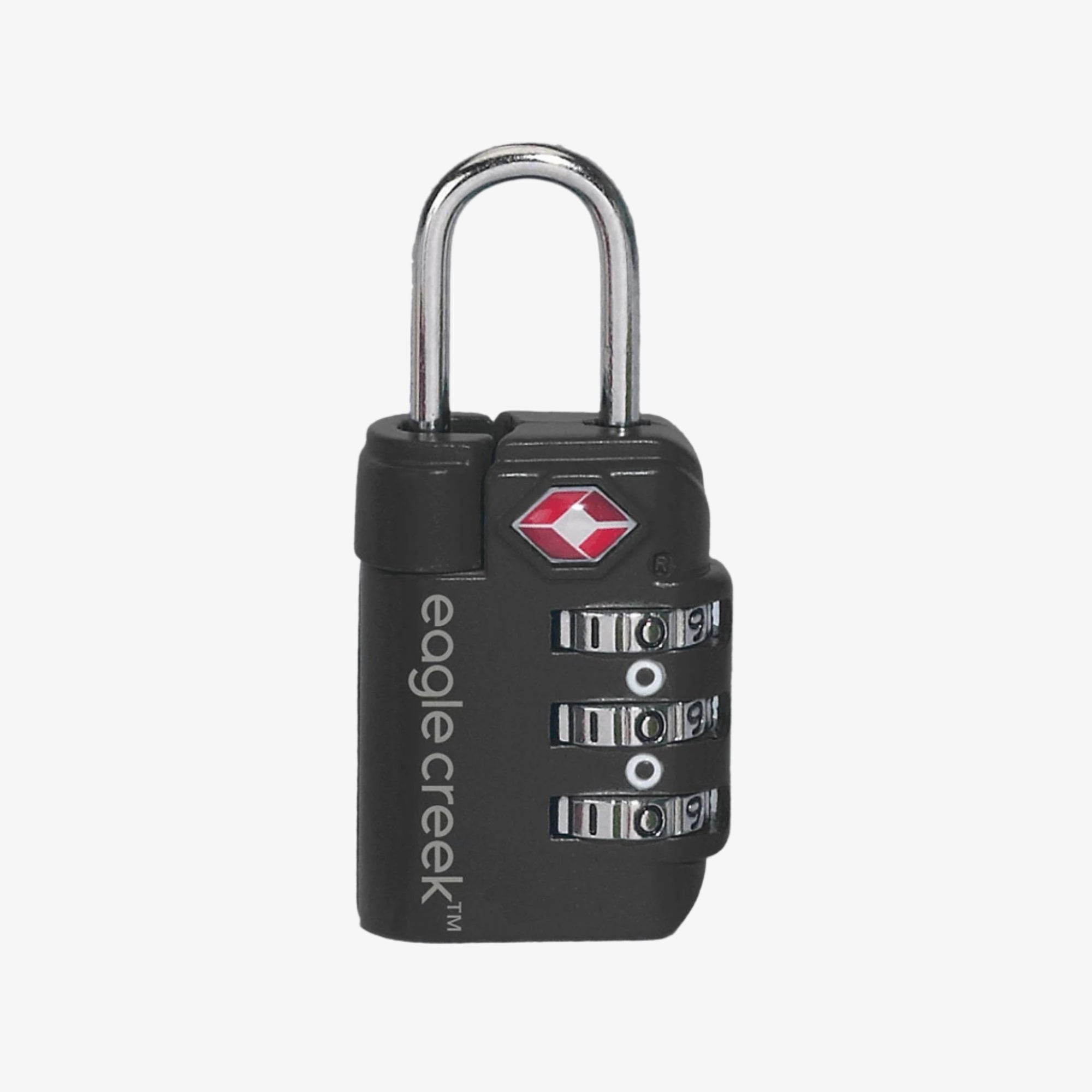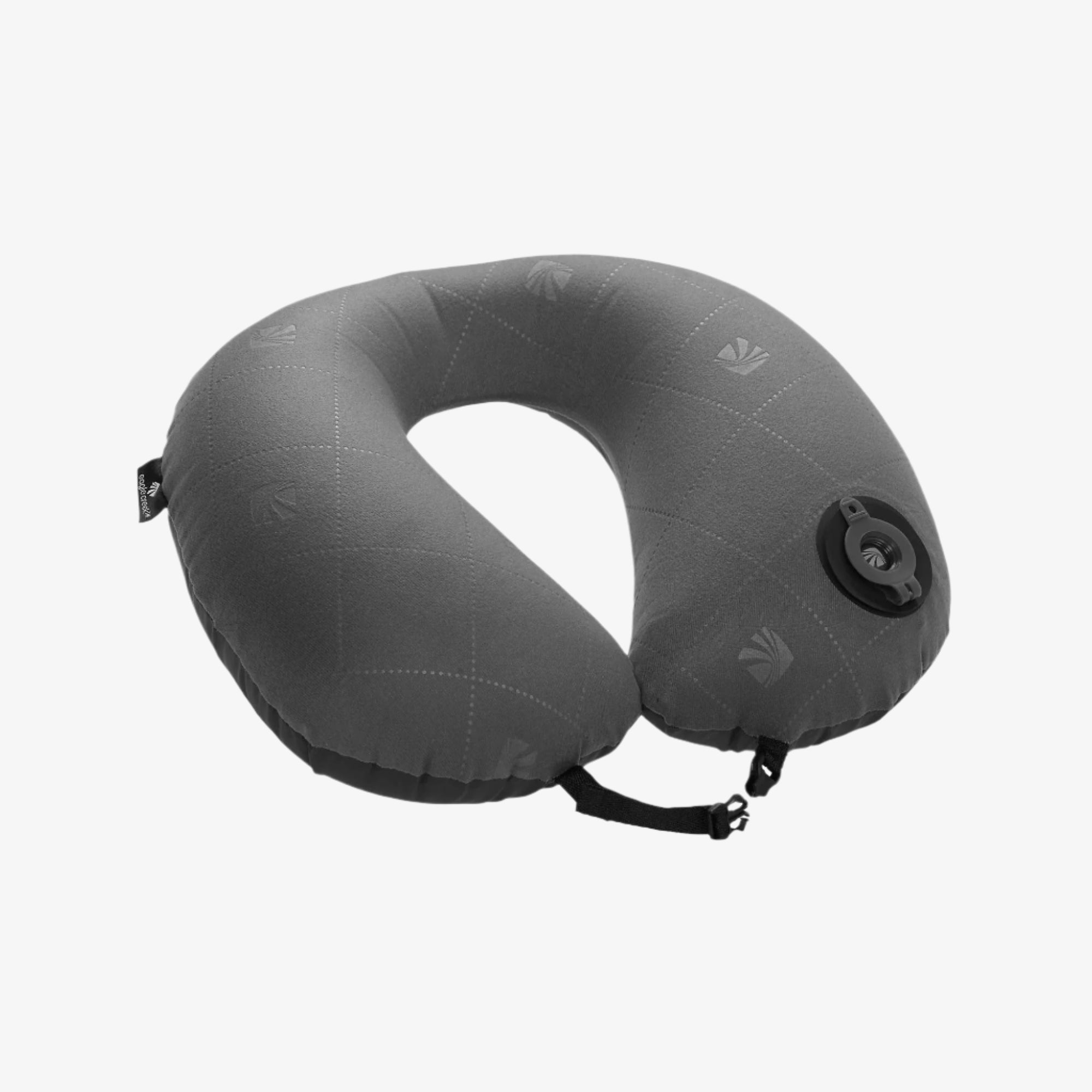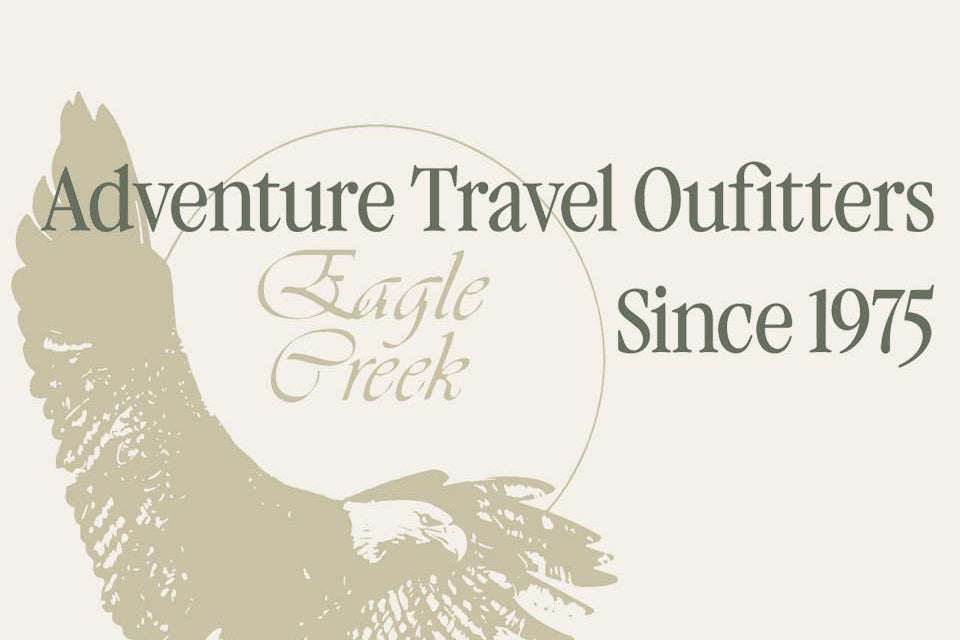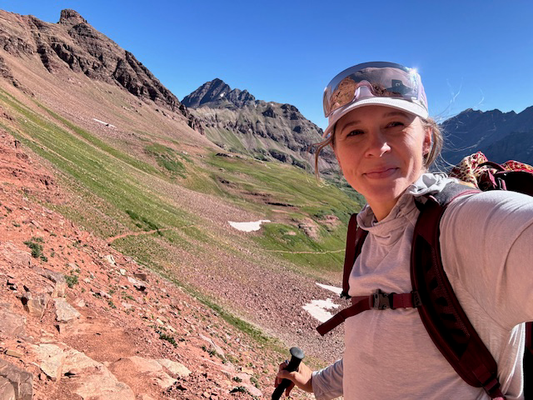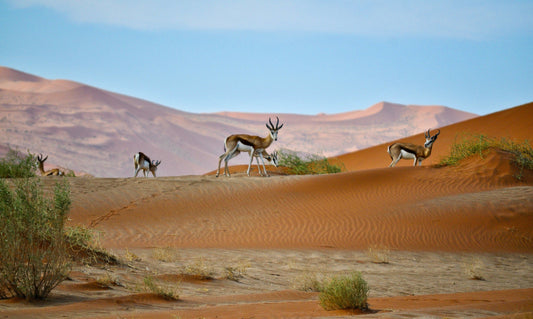Unknown Found: Into the Wild on the Island of Kauai

I was covered in mud in the driver’s seat of a bright red ATV, steering my way down a winding, rocky path along the side of a grassy hill. I heard a rushing sound in the distance and knew the waterfall must be close by, but I could barely see in front of me. The windshield brushed against another low-hanging canopy of trees.
I was in the middle of a tropical forest in Kauai and I’d never felt freer—or muddier. This was to be expected: the slogan for my Kauai ATV tour was Do Something Dirty. With pleasure. It had rained the day prior, so the green hills were extra lush and the muddy trail was extra muddy, but this was no matter.
“Without rain, there are no rainbows” was a familiar refrain in Kauai; one I’d been told the night before our trip.
More importantly: Without rain, there would be no rainforests. The lushness of the grass was a striking contrast to the hazy sky, the juxtaposition of green and grey reminded me of the countryside in Scotland or Ireland—an unexpected comparison for the Hawaiian islands.
I didn’t mind the rain, or the dirt clinging to my hair and clothing. I was utterly unselfconsciousness. I was no longer the star of my own day-to-day life in New York City, but an extra in an imagined sequel to Jurassic Park (which was filmed on the land I was currently driving upon).
I hit the gas once I reached the bottom of the hill, cruising past grassy fields surrounded by volcanic mountains rising above the clouds. In Kauai, the land feels eternal, frozen in time: so pristine and untouched that it feels like dinosaurs could actually have lived here. Maybe even as recently as yesterday. I felt liberated from my normal existence and I loved the anonymity. Cheryl Strayed described this “powerful and fundamental” feeling of being alone in nature in her memoir, Wild: “It seemed to me that it had always felt like this to be a human in the wild, and as long as the wild existed it would always feel this way.”
Perhaps this feeling is universal: nature the great equalizer. I certainly felt that I was losing my inhibitions and worries as the trip progressed. My weeklong trip to Hawaii may have been less physically exhausting (and less time-intensive) than the Pacific Coast Trail, but my off-the-grid adventures in the wild nevertheless led me to a path of enlightenment. Plus, my journey to self-discovery didn’t require a divorce (or months of camping in the rain) to come to fruition. My backpack was also considerably lighter than Strayed’s iconic beast of a hiking companion.
Travelers short on vacation days need not hike the entirety of the Pacific Coast Trail for transcendence, but rather, pack a bag, head to the 50th state, and board a 40-minute plane to Kauai from Honolulu. The beauty of the “Garden Isle” will astound you the moment you land, and there’s no shortage of adventure on this lush island. I explored Kauai by sea, by land, and by sky, more specifically by catamaran, by ATV, and by zipline.
The day after my ATV adventure, I felt connected to my childhood self while climbing up the canopy bridges of 200-foot trees in the Norfolk Pine Forest on a ziplining tour. The journey to the top was far scarier than the way back down—isn’t it always? Streaming through the treetops, I glided above forests of mango and eucalyptus before landing on grassy fields below Mount Waiale’ale (one of the wettest spots on earth) and Mt. Kawaikini (Kauai’s tallest mountain).
The most moving experience was reserved for the final day’s adventure: sailing to the Na Pali Coast. I took a catamaran to this iconic landmark, lauded as one of the most stunning spots on the planet. I sat on the bow, scouting for humpbacks in the distance and watching dolphins racing alongside the boat in the water below. I thought the journey was already exciting enough, so by the time we reached the edge of the cliffs, I was taken aback by the rising waves. The boat began rocking in the current and the captain commanded everyone to hold onto the railings and secure their belongings. Moments later the Na Pali Coast came into view.
The mountains rose above the ocean at the very edge of the coastline, a magnificently vivid shade of green, which—looming above the Pacific Ocean—was indescribably gorgeous. Breathtaking, even. It was my first time seeing the Na Pali Coast, and I was speechless. The gorgeous (and imposing) natural environment was as challenging and gratifying as life itself, and nearly as overwhelming. I felt the presence of something larger than myself—and isn’t that what we’re all looking for in the wild, to get out of our own head for once?
I felt humbled: grateful for being on the boat, being in Hawaii, being alive. But mainly, I felt grateful for being. I was happy just to exist in that one moment. Cheryl Strayed’s spiritual awakening in the final lines of her memoir echo this sentiment of uncomplicated bliss: “How wild it was, to let it be.”
Perhaps recognizing—and accepting—our own (relatively minor) place in the world is the hardest-earned realization in today’s culture of selfies and social media and inflated egos. It’s also an epiphany that’s not soon forgotten.
Read more about life-changing moments and growing through travel at Find Your Unknown
Related Links (from Eagle Creek blog):
Unknown Found: How Scuba Diving in Japan Turned Me into an Environmentalist
Slow(er) Travel: How to Sail from Panama to Colombia


